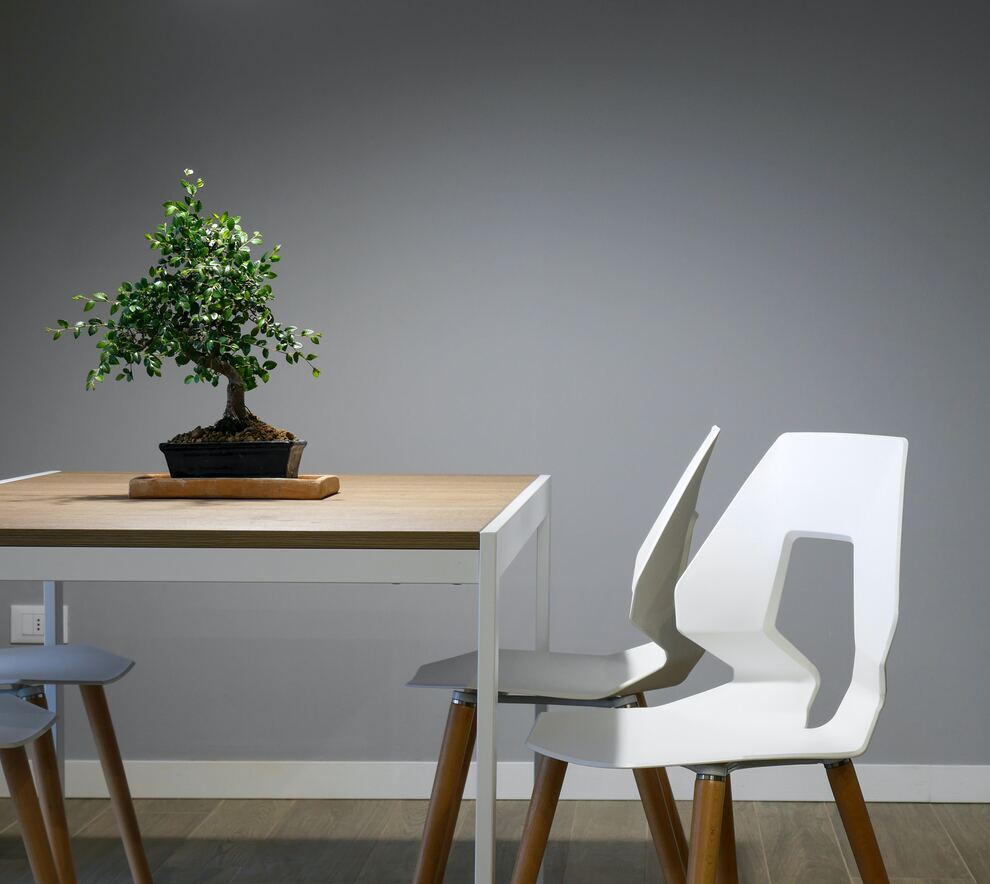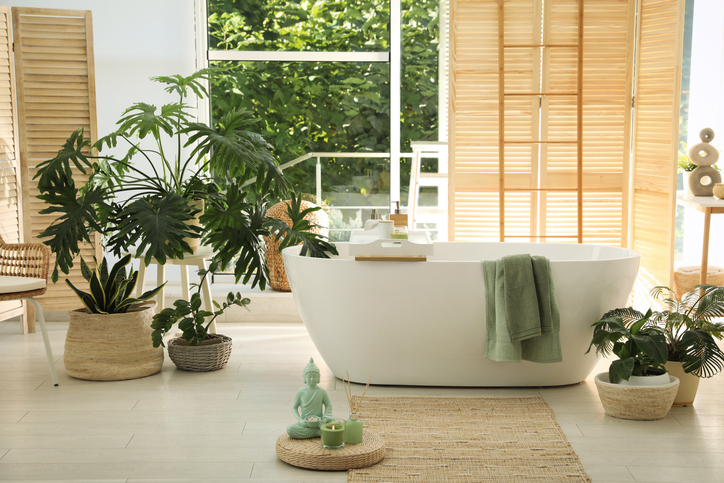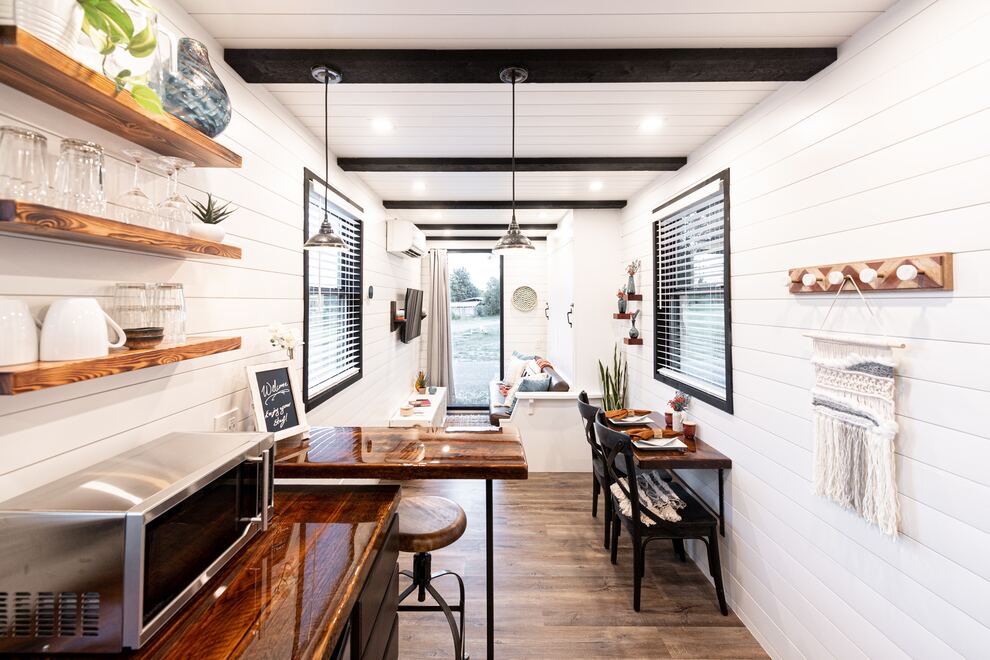When it comes to choosing natural materials for products and buildings that have a range of positive environmental benefits, there’s nothing quite like bamboo. This plant is a durable and natural sustainably sourced material that can be used for a variety of applications from flooring and walls in construction to towels, toothbrushes, and everything in between. Not only is bamboo exceptionally durable, but it’s also an affordable and environmentally friendly alternative to many other materials available today. Bamboo grows extremely fast – so fast, that some species can grow as quickly as 1.5-inches per hour! Although this fast-growing plant is often used as a building material, it also has many other positive social and economic uses and impacts as well.
Bamboo is one of the most prolific growing plants on earth and can be found in the tropical and subtropical regions throughout Asia, Africa, America, and many other continents and countries across the globe. Because bamboo is such an easy plant to grow and harvest, it has helped to create a housing revolution in parts of the world where shelter is needed most. This rugged plant can be used to manufacture flooring, walls, scaffolding, and more. It’s light in weight, easily transported, and exceptionally flexible which makes it ideal for use in a variety of structures. All of these factors combine to make bamboo an integral part of modern living. Let’s take a closer look at the environmental and sustainable impacts of bamboo and other ways it can be used to make the products that people enjoy every single day.
The Environmental Impacts of Bamboo

If you’re looking for a material that’s in line with your eco-friendly lifestyle, bamboo is a top choice. This plant is a rapidly renewable resource, which means that it doesn’t suffer from issues like logging or deforestation, as many other plant species do. The term rapidly renewable resource simply means that it’s sustainable, fast-growing, and replenishes itself at a much faster rate than some other natural materials used in manufacturing and construction. Bamboo regrows and replaces itself quickly, reducing the demand for fast-depleting materials like lumber found in traditional forests and standard trees. For example, a bamboo plant can grow to full size in just under four months (or less), while most trees may take up to 30 years or more before they reach full size. It can be grown, harvested, and re-grown much more quickly than trees while helping to preserve our precious environment in the process.
In addition to its sustainability, bamboo actually absorbs twice as much carbon dioxide as trees. It acts as a “carbon sink,” meaning that bamboo forests (called groves) can help to absorb the environmental impacts of air pollution caused by greenhouse gases. This incredible plant also generates an impressive amount of oxygen, totaling approximately 30-percent more than most other species of plants and trees. Growing and harvesting bamboo contributes to biologic carbon sequestration, a process where plants safely store carbon dioxide to help offset the amount that goes into the atmosphere. Of course, the eco-friendly process of harvesting bamboo is what makes it a popular choice for many today. The plant is harvested in a safe, renewable, and sustainable manner that reduces deforestation and habitat destruction.
Facts About the Sustainability of Bamboo
Now that you know more about why bamboo is such an eco-friendly choice and why it’s good for the environment, let’s check out some fast facts regarding the sustainability aspects of this incredible plant.
It’s pest-resistant. Because bamboo is easy to grow and extremely tough, it rarely suffers from pest-related issues and diseases. These plants can be grown without the use of pesticides to keep them protected from harm. Bamboo plants grow quite easily, which means they can be farmed without the need for chemical fertilizers that can cause harm to the soil and water supply.
It saves water. Growing bamboo requires no irrigation, which saves water. It rarely needs to be replanted and grows so fast that it can be replenished and fully harvested in just three to five years.
It produces oxygen. A grove of bamboo produces between 30-35 percent more oxygen than an equivalent stand of trees while sequestering (absorbing) carbon dioxide. It’s also carbon-neutral, helping offset the effects of climate change. Bamboo is a critical part of maintaining the balance of oxygen and carbon dioxide in the earth’s atmosphere.
It prevents soil erosion. The roots of bamboo plants spread out underground to form a dense network that helps to work as an effective soil erosion inhibitor.
It grows in many environments. Bamboo grows in a wide range of environments across the globe, making it more easily accessible to people over larger areas without the need for excess transportation or manufacturing.
Lower environmental impact in processing. Turning bamboo into fiber for fabrics and other materials has a much lower environmental impact than other types of fibers, particularly synthetic fibers like polyester or rayon which require petroleum to make them. In fact, growing bamboo to make fabrics is better than cultivating cotton, which requires the use of pesticides, large volumes of water, and machinery to harvest.
Uses for bamboo
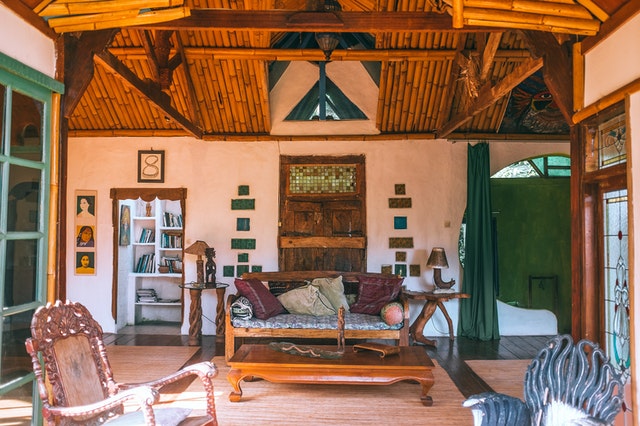
Bamboo can be used for a huge variety of applications for modern-day living, from building homes to the tableware you use every day.
Houses. Certain bamboo species are almost as strong as steel in regard to tensile strength and have almost twice the compression ratio of concrete. Countries all over the globe have been using bamboo to construct homes for centuries. Today, this ultra-durable plant can be found in modern hotels, schools, homes, and even some bridges! Bamboo is extremely lightweight and has high elasticity, which also makes it ideal for use in areas where hurricanes, earthquakes, and typhoons are common. It can absorb the impacts from seismic quakes and high winds even better than concrete and steel, which are both much more rigid and a lot less flexible.
Floors. Bamboo is a popular choice for flooring, thanks to its durability and beautiful aesthetic. You’ll find bamboo as a flooring material for kitchens, living rooms, and bedrooms, thanks to its ability to resist scratches. This material makes beautiful flooring for those who are looking for a more environmentally friendly choice to use in their homes. It’s tough enough to use in commercial areas, and costs less than traditional hardwood floors.
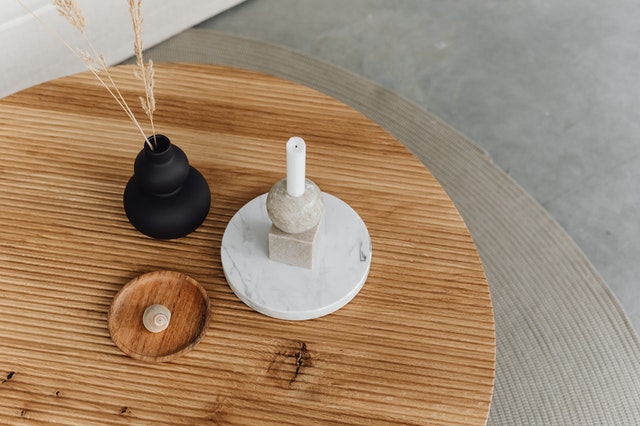
Furniture. Choose bamboo for patio furniture to enjoy a beautiful addition to your outdoor space. Since bamboo doesn’t swell or warp when it gets wet, this material is an excellent choice for both indoor and outdoor furniture. It holds its shape and doesn’t show scratches or damage easily, making it a great long-term investment for your home.
Clothes/Bedding. Not only is bamboo much more eco-friendly for clothing and bedding, but it’s also extremely soft. The fibers of bamboo are round and smooth, which makes them ultra-soft against the skin. Bamboo bedding and clothing are also hypoallergenic, so they won’t cause skin irritation or an allergic reaction.
Mattresses. Bamboo mattresses are comfortable and hypoallergenic, and they’re cool, making them a great option if you suffer from night sweats or get hot in the middle of the night. These mattresses do an excellent job of keeping you cool and comfortable while providing you with full-body support throughout the night as you sleep. You can rest peacefully, knowing that your mattress is made without toxic chemicals and offers a safer sleeping surface.
Bathroom. Aside from bathroom flooring, bamboo is also an excellent substitute for a traditional bath rug or bathmat. Use a bamboo bath and shower mat when you step out of the tub or shower to enjoy excellent absorption and a sturdy surface to stand on. Look for an elevated bamboo mat that adds a refined look to your bathroom and prevents the growth of mold and mildew at the same time.

Utensils and Tableware. Bamboo utensils and tableware are beautiful, eco-friendly, and biodegradable. These kitchen accessories are highly durable for use in cooking and eating. You can also take bamboo utensils with you when hiking, thanks to their lightweight construction.
Must-have bamboo items for the home

Here are some more benefits of bamboo and how this plant is used to make many of the items you use throughout the home. Swapping to bamboo versions of these common household items is a good way to reduce your carbon footprint.
Toilet Paper. Bamboo toilet paper is soft, septic-safe, and biodegradable. It also requires fewer resources to make, which means it’s a more eco-friendly choice than traditional toilet paper.
Diapers. Bamboo diapers are made to absorb and store twice the amount of liquid that a regular diaper would. They are also chemical-free protecting your baby from any harm, rashes, irritation, and allergies
Sheets. Swap your traditional fabric sheets for bamboo, and experience unbelievable softness. Bamboo sheets keep you cool and comfortable, and they’re also hypoallergenic and free of chemicals.
Toothbrush. Look for toothbrushes made with a bamboo handle to help reduce harmful waste. Since bamboo is biodegradable, your toothbrush won’t sit in a landfill as plastic toothbrushes will.
Towels. Try bamboo towels in the bathroom, and experience their cushy softness and amazing absorbing properties that help you dry off faster.
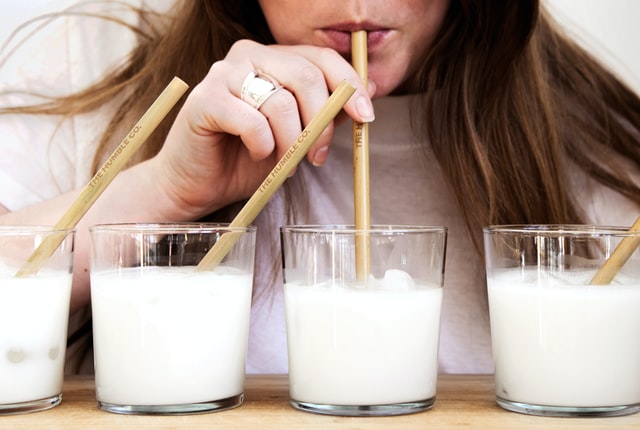
Straws. Start using reusable bamboo instead of traditional plastic straws, and you’ll contribute to a greener world and reduce your household waste and carbon footprint.
Sunglasses. Bamboo sunglasses are stylish, lightweight, and sustainable. Switch to these sunglasses for a new way to enjoy effective eye protection that’s good for the planet, too.
Chopping board and bowls. Use bamboo chopping boards to get a durable, scratch-free prep surface for cooking. Bamboo bowls are beautiful, and they’re shatter-proof, eco-friendly, and easy to clean.
Cutlery and dinnerware. Try bamboo cutlery in the kitchen. This alternative material won’t scratch your pots and pans, it’s completely heat-resistant, and it’s also antimicrobial. Another great option is bamboo dinnerware for an eco-friendly kitchen set.
Razor. Try a bamboo razor with replaceable blades for a more sustainable way to shave. These razors are long-lasting and contribute to a cleaner, greener world.
Hairbrush. Look for a bamboo hairbrush that features a bamboo handle and bristles. The soft bristles will detangle your hair, reduce frizz, and help distribute the natural oils from your scalp throughout your hair to reduce split ends.
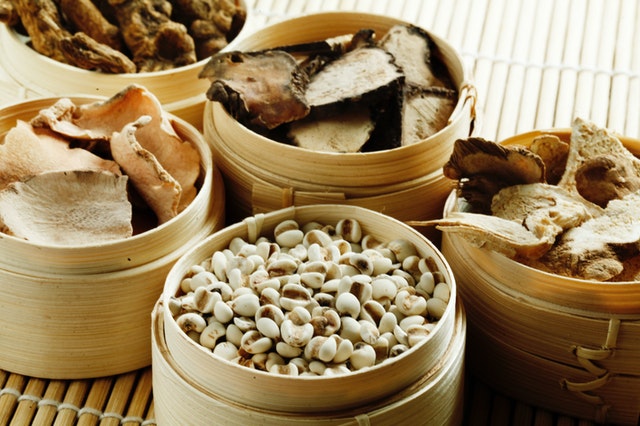
Cups and jars. Use a bamboo cup to enjoy your favorite hot and cold beverages instead of disposable cups. Bamboo jars are great for storing food and non-perishable items while keeping your food safe. Since bamboo is all-natural, you won’t need to worry about toxic chemicals leaching into your food or drink.
Plant. Consider planting bamboo in your yard to add a natural privacy fence. This tall, fast-growing plant is easy to care for, looks beautiful, and can provide you with additional shade.
Essential oil diffuser. Create a spa-like environment at home with a beautiful bamboo essential oil diffuser. You’ll enjoy the natural fragrance of oils in your home while choosing a sustainable diffuser that adds a beautiful aesthetic to your bathroom counters.
Makeup remover pads. Choose bamboo makeup remover pads to replace disposable cotton rounds. These soft pads will gently remove makeup without harming your skin, and they’re reusable, saving you money and reducing household waste.
Bamboo: A superfood to boost your health
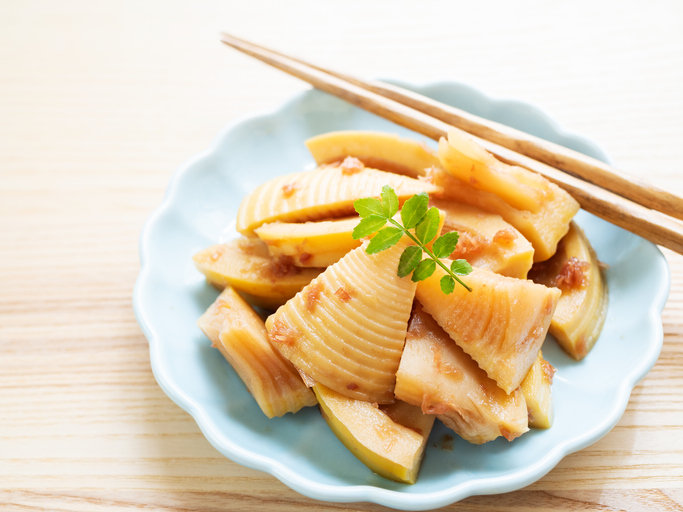
In Asian cuisine, bamboo shoots are a popular ingredient. They’re not only perfect for enhancing the flavor and texture of nearly every meal, but they’re also highly nutritious, with each serving containing a decent amount of fiber, potassium, manganese, and antioxidants.
Due to their high protein, carbohydrates, vitamin, fiber, and mineral content, as well as their low-fat content, Bamboo shoots are considered one of the healthiest foods. Here are some of the health benefits of bamboo shoots.
- Bamboo hearts are rich in the B-complex group of vitamins such as thiamin, riboflavin, niacin, vitamin B-6.
- Bamboo shoots compose excellent levels of potassium. 100 grams of fresh shoot holds 533 mg or 11% of daily required levels of potassium.
- May reduce cholesterol levels due to the soluble fiber found in bamboo shoots. Soluble fiber absorbs water in the gut and has been linked to decreased cholesterol levels.
- It promotes gut health as bamboo shoots are a great source of fiber, with 2 grams in each 1-cup (155-gram) serving. Fiber can promote regularity and may even protect against issues like hemorrhoids, diverticulitis, and colorectal cancer.
- May support weight loss. It is a low-carb vegetable. 100grs of fresh cane contains just 27 calories
Raw bamboo shoots contain toxins known as cyanogenic glycosides, which are also found in other foods, such as cassava. For this reason, the bamboo shoot must be boiled or cooked before consumption, which helps destroy the toxins.
How to plant and grow bamboo
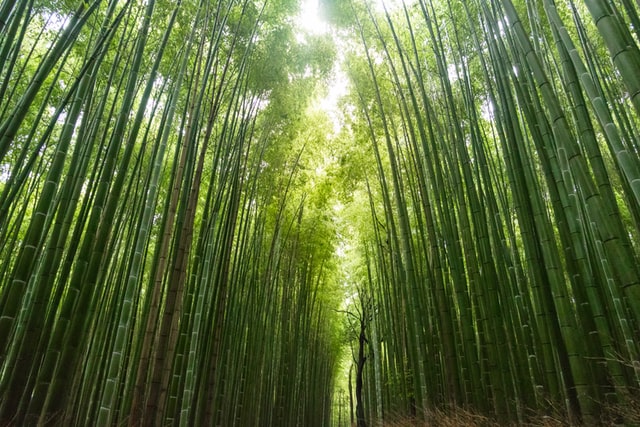
Here are a few tips to help you plant and grow your very own bamboo at home.
Pick the right species. Start by selecting the right bamboo species for your specific location. Running bamboo grows fast, while clumping bamboo only grows at a rate of between one and four inches in diameter per year. Check the information tag about the specific type of bamboo you want to plant to confirm that it can grow in your climate. Some bamboo may not survive if temperatures dip below a certain threshold.
Choose the right location. Plant your bamboo in full to partial sun and plant it at the same time you plant your other warm-weather veggies, plants, and flowers.
Prep the soil. Prepare the dirt by adding a bit of all-purpose garden soil to increase the level of nutrients for a healthy crop.
Water right. Bamboo thrives in humid, moist environments. Make sure that you water your bamboo plants regularly, particularly if you live in a drier climate or an area with little rainfall.
Feed it. About one month after you plant the bamboo, feed it during the growing season with quality all-purpose plant food.
Consider a container. You can grow bamboo in large containers to keep it from spreading. Just make sure that you water it more often, since the roots dry out much faster when it’s planted in a pot or other container.
Maintain it properly. Remove dead leaves and dead bamboo canes by pruning your bamboo plants every so often to keep them tidy and fresh.
Divide in spring. If you wish, you can divide your bamboo clumps in the springtime and replant them in various areas throughout your landscaping or yard.
Thanks to its incredible sustainability and many eco-friendly properties, it’s easy to see why bamboo is such important material. From construction building materials to towels and cutlery, this durable plant offers a wide range of applications for you to enjoy. Look for new ways you can make the switch, and incorporate bamboo into your life to make a positive environmental impact.

